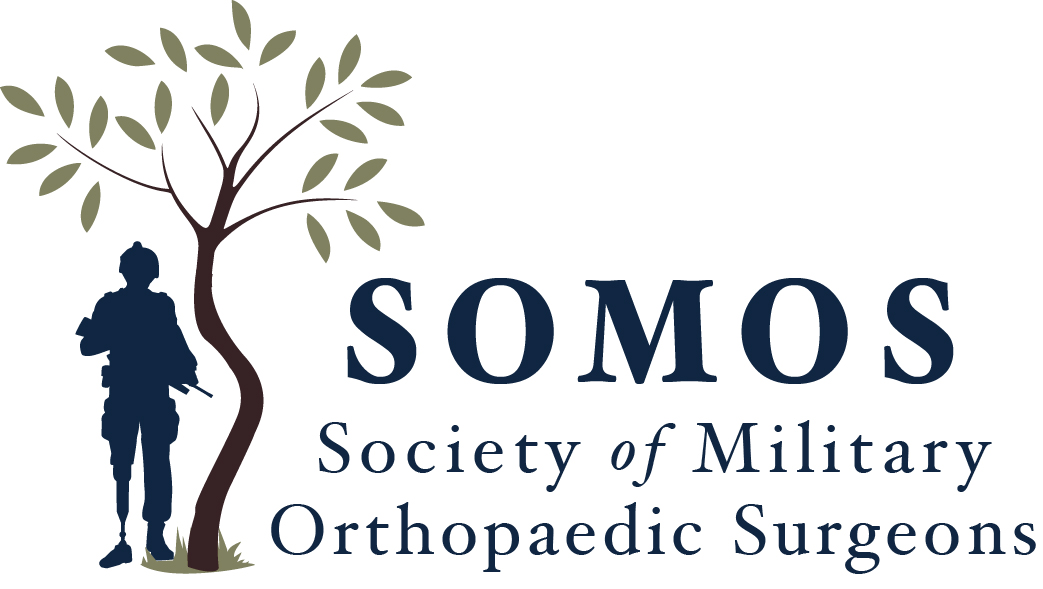- Home
- About
- Education
- Research
- Exhibiting
- Awards & Funds
- Residency Programs
- Brooke Army Medical Center/ San Antonio Military Medical Center
- Dwight D. Eisenhower Army Medical Center
- Madigan Army Medical Center
- Naval Medical Center Portsmouth
- Naval Medical Center San Diego
- Tripler Army Medical Center
- Walter Reed National Military Medical Center
- William Beaumont Army Medical Center
- Womack Army Medical Center
- MOTION
- Career Center
A Commentary on Getting the Most Out of Scientific Writing and PublishingMaj. Travis J. Dekker, MD, MC, USAF The unique ability for orthopedic surgeons to continue to grow and be life-long learners not only provides us with the potential to contribute to our burgeoning field, but also significantly adds to our occupational satisfaction. While there are many articles that discuss the basics of scientific writing for which this commentary will highlight a few, there are many other finer points to aid in the process and eventual publication of scientific articles that one should recognize. Understanding the basic mechanics of scientific writing can make for a much faster and efficient way to reproducibly create articles that are worthy of publication in peer-reviewed journals. After an appropriate and relevant question has been asked, the writer must do a deep dive into the literature to gain historical perspective of the topic. As with many treatments within our field, the pendulum of thought processes swings back and forth and the question may have been approached or answered in a distinct way in the past and thus, it is important to know how your question will uniquely contribute to the field. In particular, journal editors and reviewers do not tolerate statements like “this is the first study to…” because often they generate letters to the editor that report previous authors in fact did report on that particular topic. The next step of creating a manuscript worthy of publication includes the most important part of any manuscript- the ability to succinctly communicate the rationale of the question as well as the creation of a hypothesis. These sections should be both direct and clear, while also having the ability to captivate the target audience. The methods and results section should be written in a way that is chronologic and methodical to facilitate reading by the reviewers- when these sections are not structured in a similar fashion, it creates an unnecessary distraction and will raise red flags with the medical reviewer. The statistical analysis should comprehensively cover everything you did- if you are not sure, don’t be afraid to ask for help and seek out a statistician through a major military training facility. Lastly, the first paragraph of the discussion should begin with the most significant findings the study discovers- to sell the manuscript, the most significant findings should be worded in a way that will directly contribute something new or unique to the field of orthopedics. The remainder of the discussion highlights the other results discovered in your journey of answering the question you proposed and should be summarized over a maximum of 2-3 pages. Shorter manuscripts have a higher chance of being accepted! All key results should be discussed and emphasized in a way that either reinforces historical findings or contradicts common practice and thus should be explained on how they can contribute and change current medical practices. Lastly, the take home message, the conclusion, should be identical to that of your abstract and should emphasize the take home point(s) you want your reader to walk away with. The process of writing scientific papers is a journey and comes to everyone in a unique and different way. The only way to begin writing and is to practice, practice, practice. Writing regularly (i.e. multiple days/week) for short periods of time has been a successful practice for some of the most productive clinician-scientists.1 In addition, ask questions about a topic that is relevant to you and your practice- often times, the simplest question can make for the most practical and reasonable study to write. In addition, we have all been blessed with years of training and exposure to multiple mentors and teachers. The quality of your manuscript can drastically increase by leaning on those mentors to help refine writing styles and techniques as well as aiding in the asking of practical questions that need to be answered. Along with choosing a research mentor, being part of the right team is an essential ingredient in being a productive writer. When venturing into the field of scientific writing, ideas reign supreme and are considered intellectual property. To ensure team dynamics, discussing authorship order early will set expectations and guide relevant contributions from each team member. When the right question has been asked and the manuscript is being written, define your target audience by choosing an ideal journal destination early- not every manuscript needs to be published in NEJM or JBJS. A relevant question targeted at the right audience not only has a higher likelihood of acceptance for publication, but has a much greater chance of making practice changing impacts to the appropriate subspecialty. Finally, before submission, an element that is surprisingly often overlooked is the essential practice of proofreading a manuscript- careless mistakes (spelling, grammar, punctuation, etc.) cause unnecessary distractions and lead a reviewer to believe that the manuscript is not worthy of publication. The process of writing is a unique aspect of clinical professional development that can offer new and different challenges, while also being extremely rewarding. 1. Sullivan GM. So You Want to Write? Practices That Work. J Grad Med Educ. 2013;5(3):357-359. doi:10.4300/JGME-D-13-00204.1.
|




